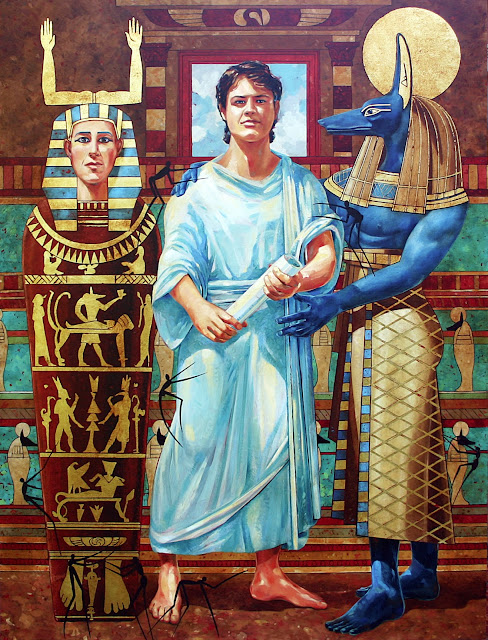Studios, Cloth Paper Scissors

‘Studios’ magazine featured four Vashon artists and their studios in its Summer edition. My studio was chosen as the cover. The following is how I describe my present creative space. I am a Print, Paint and Assemblage artist. The images I make have their origin in story. The story may be personally relevant but often falls within the realm of myth. The interpretation of myth and visual exploration of story is informed by and evolves in my approach to Monotype print. I think of Monotype as a lively conversation of knife with paper, ink with plate, and paper and plate with press. The exploration of these simple materials, mediums and tools provide an exciting way to discover imagery that I may subsequently interpret in the more traditional medium of oil on canvas or include as critical components of my assemblage work. In addition to my press work I am currently exploring another Monotype process utilizing mild steel plates that are compose...
